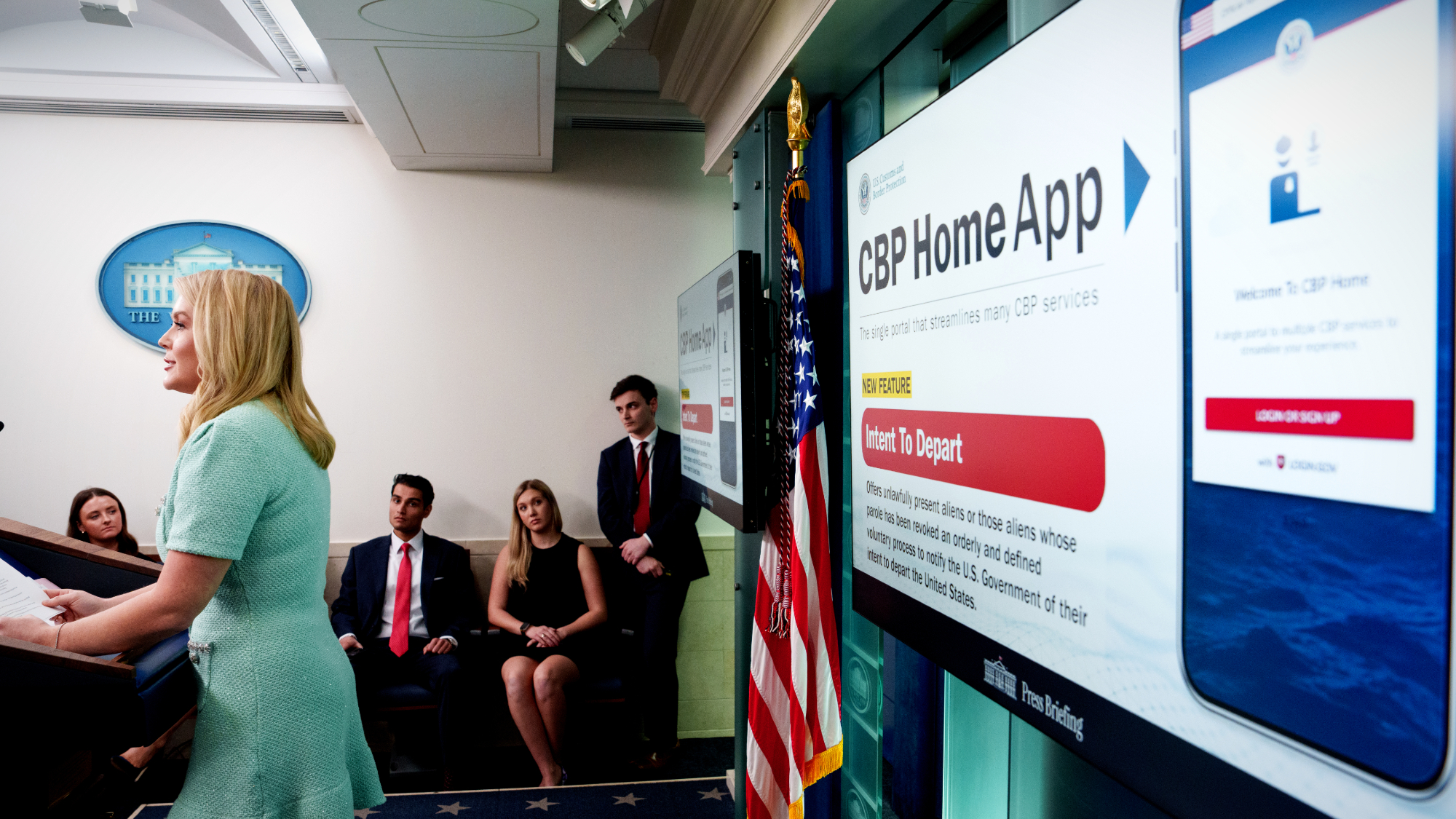- 120 Posts
- 182 Comments

 2·7 hours ago
2·7 hours agoThanks - fixed!
btw, I love the “add custom thumbnail” feature on Tesseract for stories that don’t automatically populate. It helps if I paste it into the right field though!

 1·1 day ago
1·1 day agoLooks very cool! I don’t know that I have the resources for it on my little homelab but good to keep it in mind in the future.

 171·1 day ago
171·1 day agoAnyone who likes this idea might also be interested in checking out RTranslator, an open source, on-device app, which has some similar functionality. You can connect two Bluetooth devices using this app to communicate between two people in different languages.
It can’t translate multiple speakera simultaneously or clone voices, but it’s very useful for traveling or communicating with friends and family in multiple languages. Especially since it does not need any connection, it comes in handy on the road when you might not have a reliable connection.

 1·1 day ago
1·1 day agoCan I ask what stands out with Kavita that audiobookshelf lacks?
I think that’s a great way to start. It is surprisingly easy to add remote access at a later date.
The dead simple way is to set up a shared folder with Syncthing, although you will end up with all of the files copied onto every device.
If you want the files to live on your home server to be accessed as needed, then you will want something like Nextcloud or OwnCloud. Personally I found ownCloud easier to set up, but it has far fewer features.
If the focus is on pictures and videos, then you should probably start with immich. It is very simple and incredibly powerful. You can more or less set it up once, and not think about it too much other than running an update from time to time. It supports multiple users, etc. Note that if you are adding photos from a Google Takeout, you will want to run a one time script to rescue the metadata (date, etc.)
Any of these are accessible on any device.

 2·1 day ago
2·1 day agoI currently use antenna pod for listening to podcasts and I love it. Am I understanding correctly that you also use it for audiobooks? Does show each chapter as a separate episode or how does that work?

 1·1 day ago
1·1 day agoI’ve read some places that Calibre can be finicky. Have you had to troubleshoot any issues with your deployment?

 5·2 days ago
5·2 days agoYes. The article provides more details. I’m not sure if the paper’s data was fabricated or obtained unethically or both. It’s not terribly clear.
Shaking My Head, EveryOne.

 1·2 days ago
1·2 days agoLooks like you are having trouble posting. Feel free to reach out to a moderator of any community, including me, if you have questions. Just click my username then select “send message.”
You can also check out [email protected] to introduce yourself and if you are interested in trying a different app or interface, visit [email protected]

 51·3 days ago
51·3 days agoFor document editing, I have had fairly good luck with OnlyOffice, although it is not without its issues. Others also recommend Collabora, which plays well with NextCloud and LibreOffice.

 41·3 days ago
41·3 days agoDAVx5 basically acts as the connector between your server and your calendar/contacts/files apps. I would imagine that this could be built into an app, but there are a lot of ways that such apps can sync or operate locally. I’m guessing that it is just a little more specialized than most developers want to get.
Thanks for the Syncthing-Fork tip! For now the official version is working for me, but I’ll have to migrate myself soon.
From my understanding, OpenVPN provides the same secure remote access as Tailscale, by a slightly different method. You should be fine to use what you’ve already set up.

 111·3 days ago
111·3 days agoI’ve done this.
For contacts, calendar, and files, I use OwnCloud, although NextCloud is as good/better. I couldn’t figure out Self-Signing certificates, which is supposed to be pretty easy, but I am kind of a dummy. NextCloud requires it. On my phone, I use DAVx5, and I replaced the GrapheneOS stock apps with Fossify apps as needed - although that is up to personal preference.
For photos, I use Immich, which is hands-down the best option.
NextCloud also has options for document editing, photo backup, and notes, but I can’t testify to those.
Syncthing is an ideal way to seamlessly sync files and folders between devices, but you will end up with the files on both devices. I use it sparingly, and they are phasing out android support. It’s still very useful to migrate large file libraries and act as a stopgap for other services.
There are tons of notes apps, and it largely comes down to preference. I settled on NotallyX, which can import your Keep notes directly (using Google Takeout iirc). It also has the option to store files externally, which means they can be synced for backup. There are also self-hosted web-apps, like Memos, or the slightly more adventurous Blinko.
I got a lot of great input from this community not too long ago.
The one Google feature I am not able to reproduce is Google Messages. If you use texting to any degree, there are some FOSS apps with pretty nice basic features (I’m using Fossify which is nice). However, there are none that have solid group-messaging features, reactions, and other RCS capabilities. It seems to be a technical/logistical/legal hurdle that is presently insurmountable. Lots of people don’t use texting anyway, so it may not be a concern for you.
Edit: And of course, you need a way to tie everything together. I use Tailscale, which is ridiculously easy to self-host.
From what I gather, most people use a simple Linux distro like Ubuntu or Debian with a large community knowledge base. Then run the pieces you want through Docker. It’s pretty simple once you learn how.
Your laptop will be perfectly capable.

 4·3 days ago
4·3 days agoUnrelated but there are several open source podcast aapps that will do this like AntennaPod or Cardo

 7·4 days ago
7·4 days agoVery fine people /s

 111·4 days ago
111·4 days agoReal Americans: Hey, we really need to do something about the rule of law and people with inadequate legal protections.
Alabama: Say no more Bro

 39·6 days ago
39·6 days agoWait, now it’s only $700 million. $400 million. $34 million… And it’s $6.50.
Yeah, I guess there is someone out there who would buy a fleet of dumpster cars for $6.50.

 14·7 days ago
14·7 days ago“I want to be where the people are”
















I don’t think you’re who they’re targeting - at least not with this.
This is targeting the large portion of the population that may have difficulty obtaining identification through a somewhat arduous process.